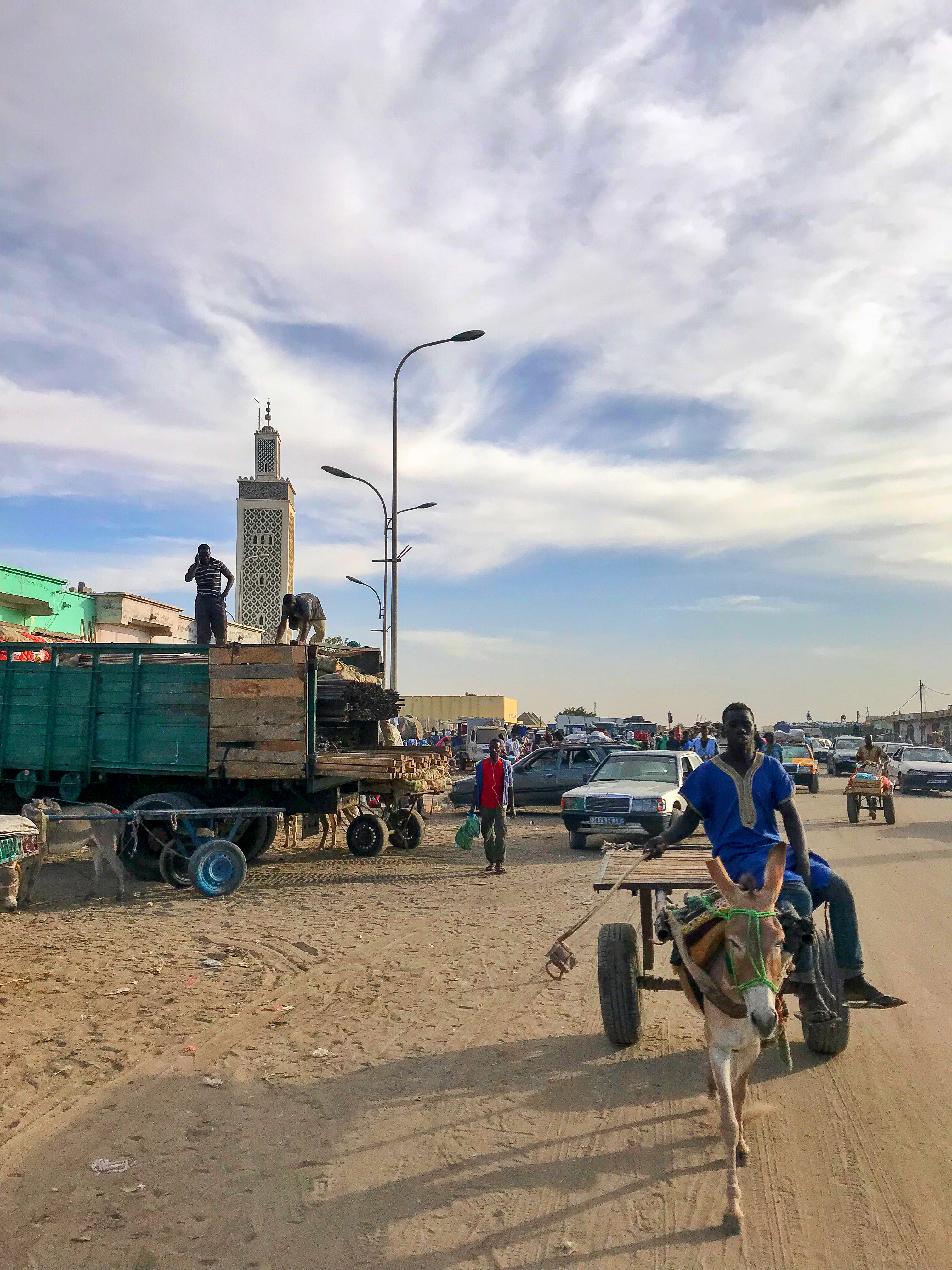Green spaces provide essential ecosystem services, from pollution control to cooling and supporting biodiversity. In response, African regional, national and local authorities are increasingly recognising the urgency of improving the availability and accessibility of these vital spaces. However, rapid urbanisation is putting increasing pressure on these spaces. To effectively address this challenge, there is an urgent need to improve the collection and use of spatial data. This improved data is essential to enable local stakeholders to monitor changes in green spaces over time, allowing cities to evaluate the potential role of these areas, such as serving as nature-based solutions for heat. It's important to note that cities with similar absolute levels of green space can have significant differences in the proximity of their populations to these areas. Therefore, a better understanding of spatial dynamics can help to develop targeted strategies to preserve and utilise green spaces in the face of rapid urbanisation and climate change.
Cities, climate and development
Climate hazards have always influenced African territories, but climate change now amplifies its variability and vulnerability of the continent. With rapid population growth and urbanisation, African cities must anticipate these changes to enhance preparedness. Positioned at the forefront of the climate change response, African cities play a pivotal role in ensuring the future livability, resilience, and sustainability of these territories.

Key messages
As Africa rapidly urbanises, urban transport systems often struggle to keep pace. The result is often reduced access to essential services and opportunities within cities, particularly for the majority who rely on walking and public transport. Faced with these challenges, an increasing number of people with the financial means to do so choose to travel by car. The combination of these phenomena leads to chronic congestion at peak times, increased pollution and emissions, and a surge in road accidents. The toll is clear - environmental degradation, worsening public health and a diminished quality of life. Addressing accessibility in African cities is key to promoting more sustainable and inclusive transport systems.
In the midst of Africa's unprecedented urbanisation and the challenges posed by climate change, a distinct opportunity is emerging - the era of unprecedented access to open-source data. This confluence presents a unique opportunity to use data to empower decision-makers in planning, attracting finance, and assessing potential mitigation and adaptation strategies. At the local level, stakeholders can use this data to shape land-based policies and financing, providing valuable insights for governments to orchestrate infrastructure projects, for example. This convergence of urbanisation, climate change and data availability not only underscores the challenges, but also reveals a transformative potential for informed decision-making, creating a pathway for sustainable and resilient development across the African landscape.
As African cities continue to urbanise, the need to accommodate a growing population is becoming more pronounced. As a result, cities are expanding, but the way in which this growth unfolds has profound implications for spatial efficiency - whether it manifests itself on the periphery or at the heart of urban centres. This has critical implications for future sustainability, affecting variables such as transport energy use, emissions and overall accessibility. Remarkably, there is an observable trend among very large cities in Africa, particularly those with more than four million inhabitants, to be more compact than smaller cities and to use space more efficiently. This trend is not coincidental, but can be attributed to the increased constraints of outward expansion, which impose discernible penalties such as longer travel times. The interplay between city size and spatial dynamics becomes a crucial determinant in shaping urban landscapes and, consequently, sustainability and even quality of life.
Context
The availability of green space in African cities is not the same as proximity.
Even in cities with similar levels of green space, such as Abuja and Accra, where around 20% of the urban agglomeration is covered. A much higher proportion of Abuja's population, 55%, lives within 300m of a tree cover, compared to only 16% in Accra. There is greater proximity in Abuja because green spaces are more dispersed throughout the urban fabric, meaning that more of the population can benefit from their cooling effects, potentially acting as a natural solution to heat.
Cities with more than four million inhabitants in Africa are using space more efficiently.
In Africa, cities follow a recognisable pattern: more compact cities have fuller centres (i.e. the 1 km around the most built-up point has more buildings), while sprawling cities have more empty centres. This phenomenon is particularly pronounced in the continent's very large cities (over 4 million inhabitants), where the sheer density of the population drives a tendency towards compactness, driven by the need to optimise space and the penalties in terms of travel time and costs associated with outward expansion.
More accessible transport systems go hand in hand with more sustainable and inclusive systems.
Almost 66% of the population of Greater Accra could reach more than two primary schools within 30 minutes by extending the public transport network and locating services closer to where people live. In the current system, only about 14% of the population has access to more than 2 primary schools, while 44% of the population is not even served by the public transport network.
Latest insights
-
 18 September 2024
18 September 2024
Related publications
Related events
-
 17 May 2023
17 May 2023










